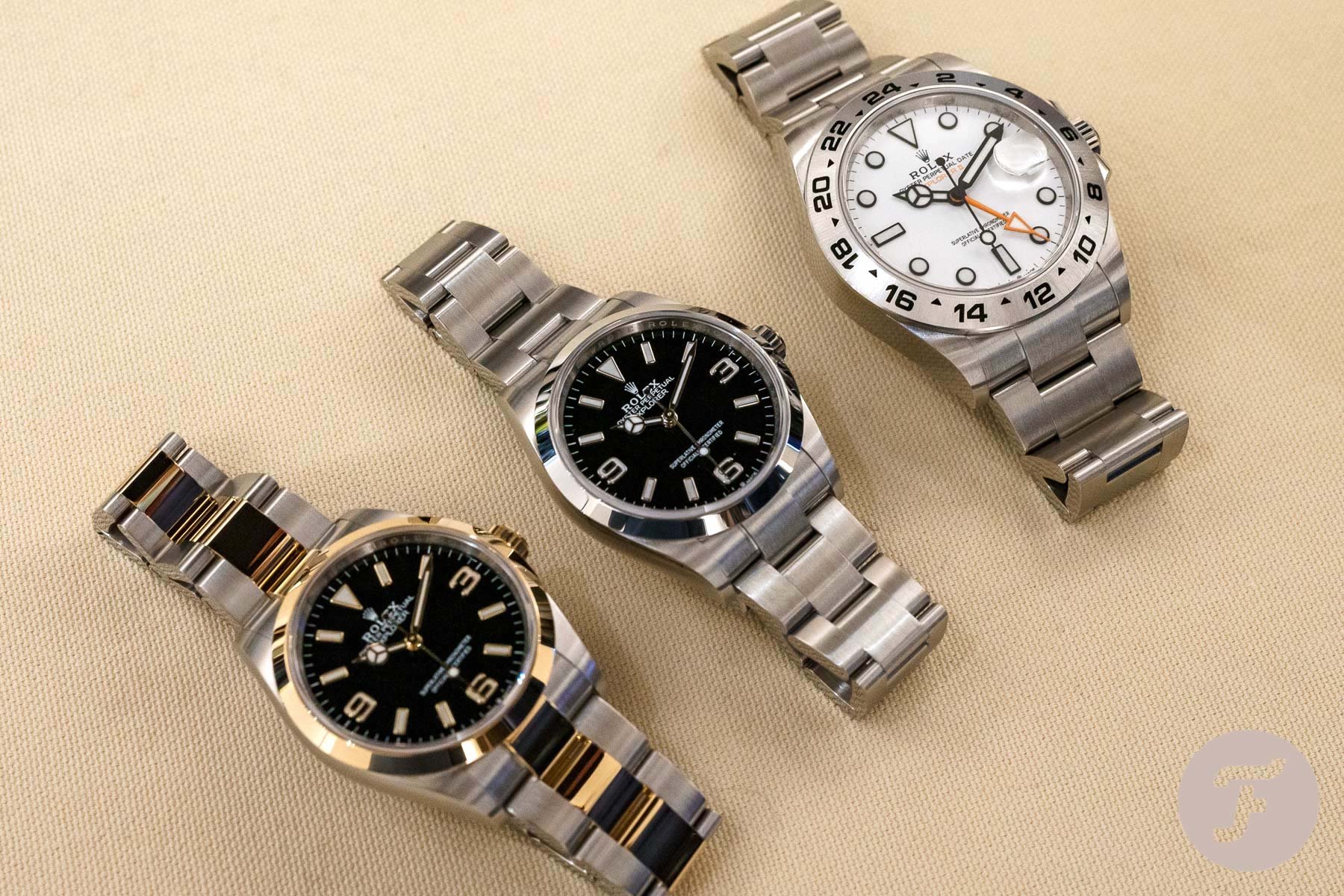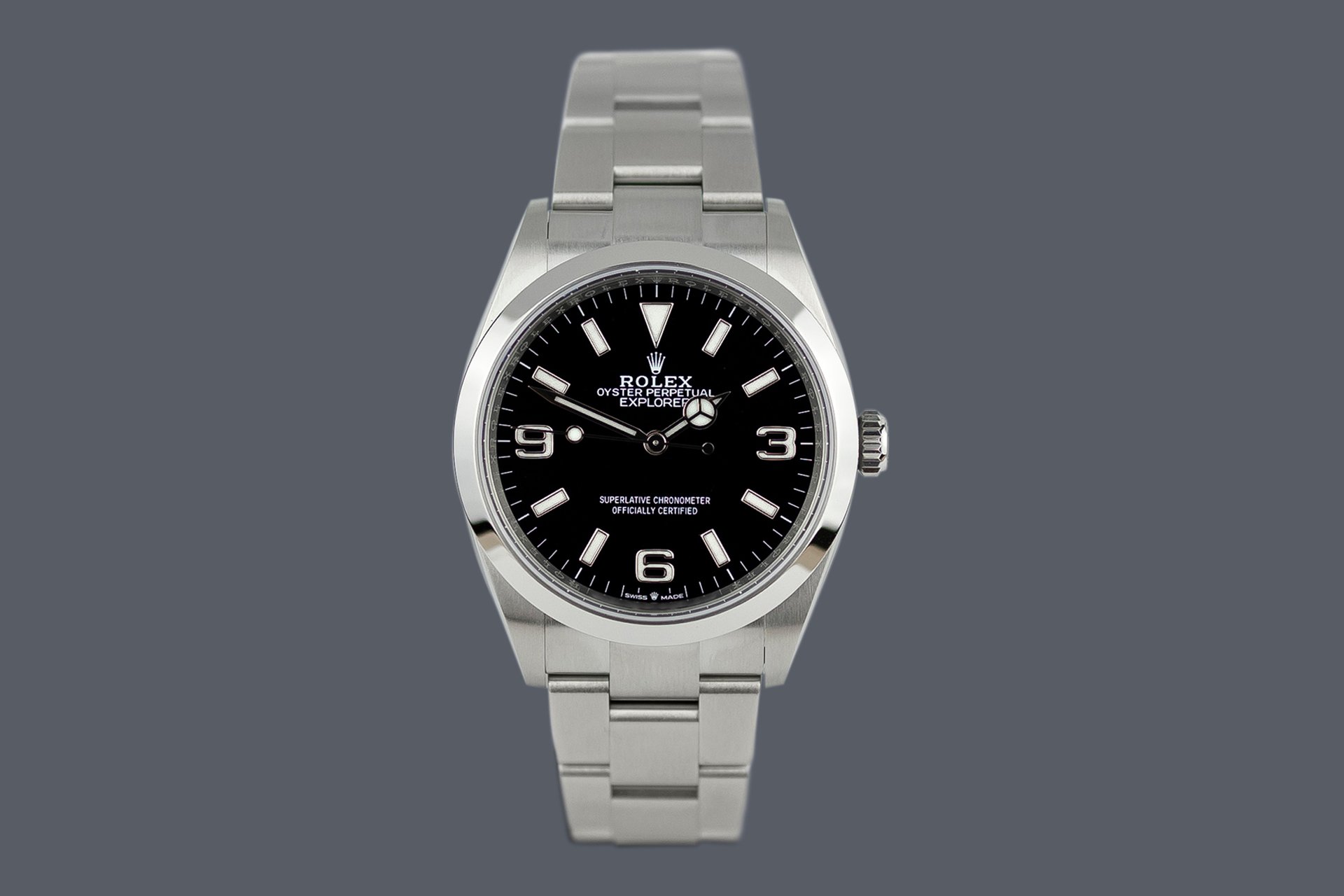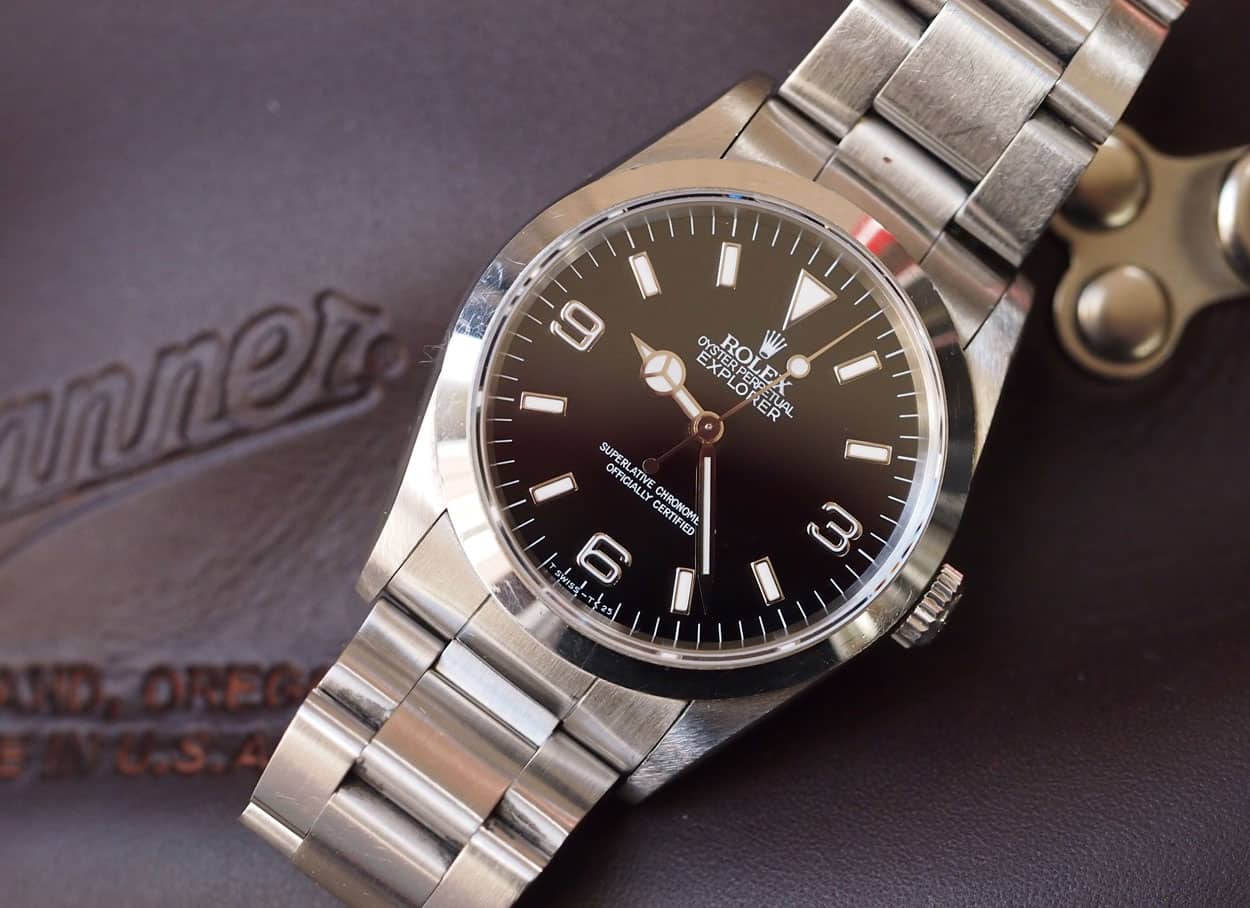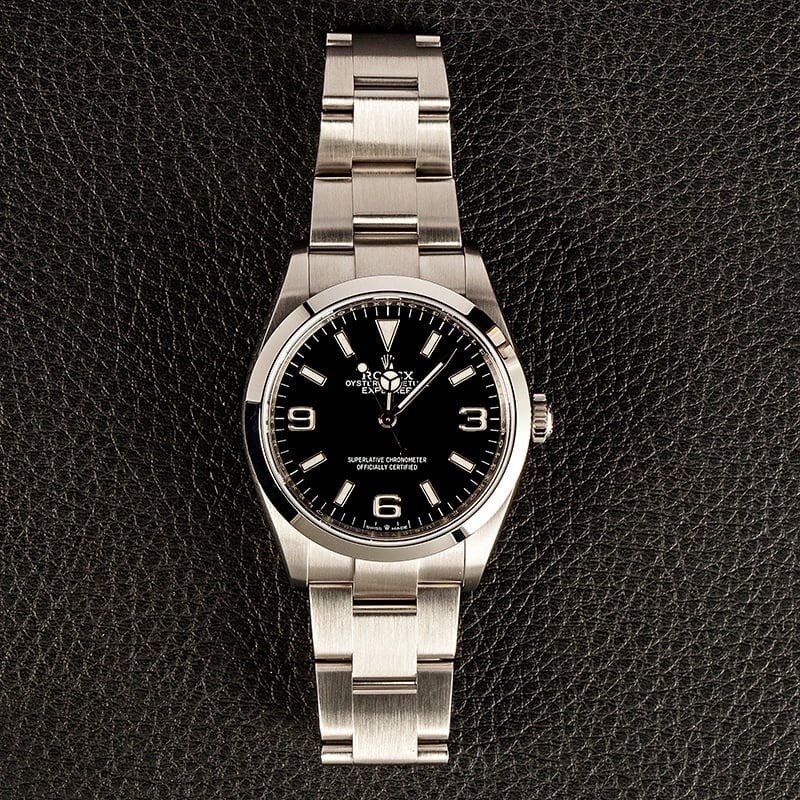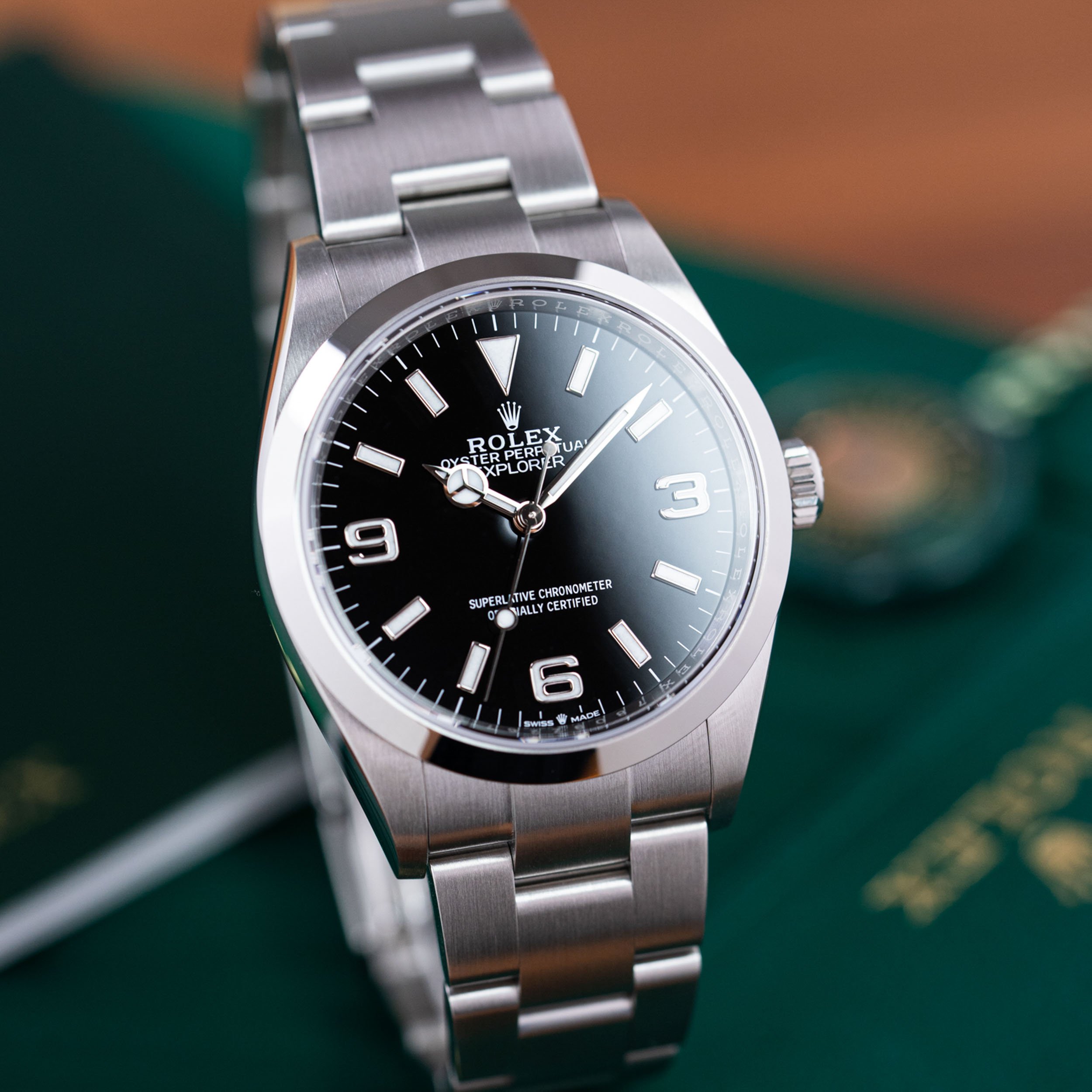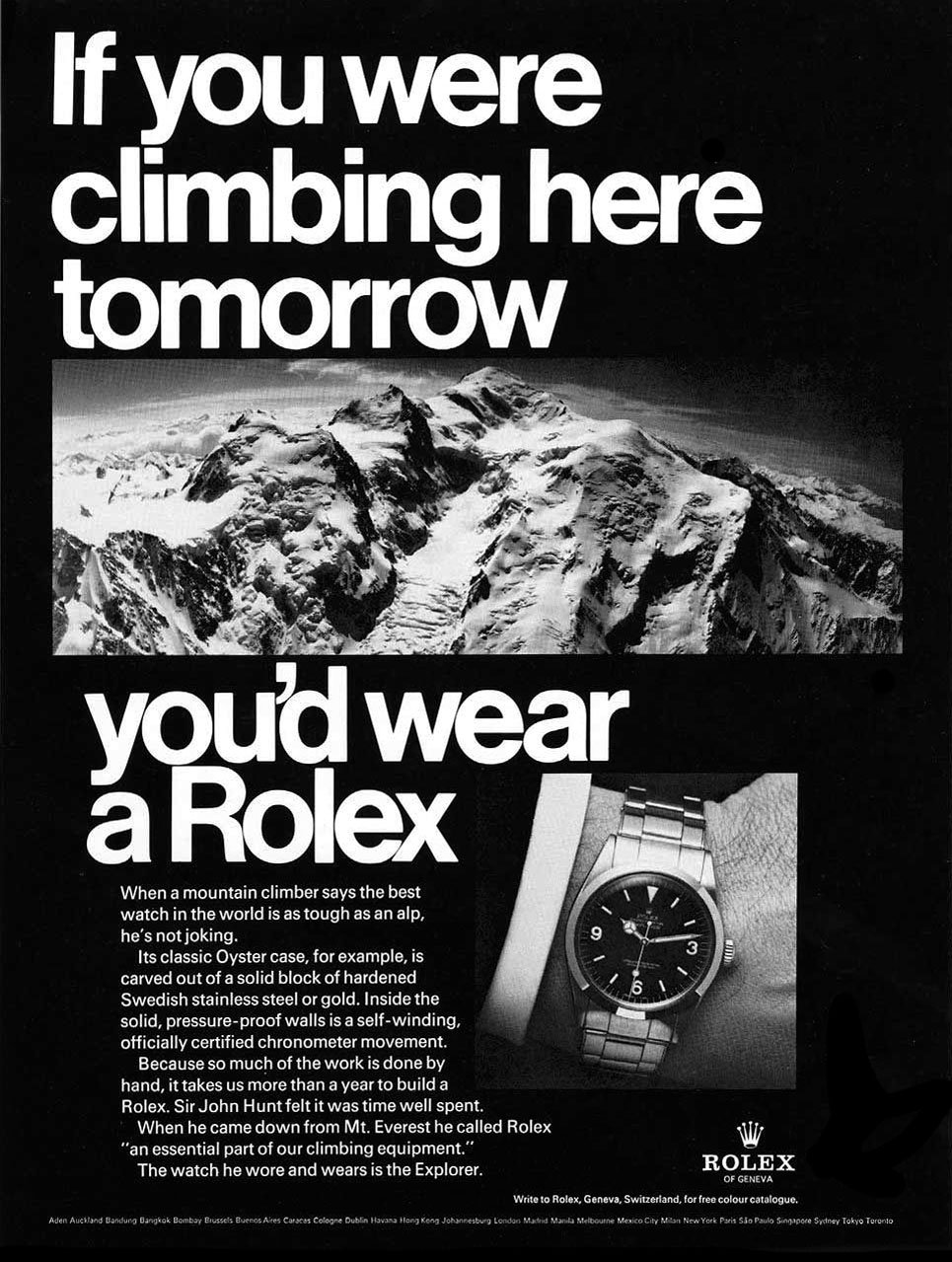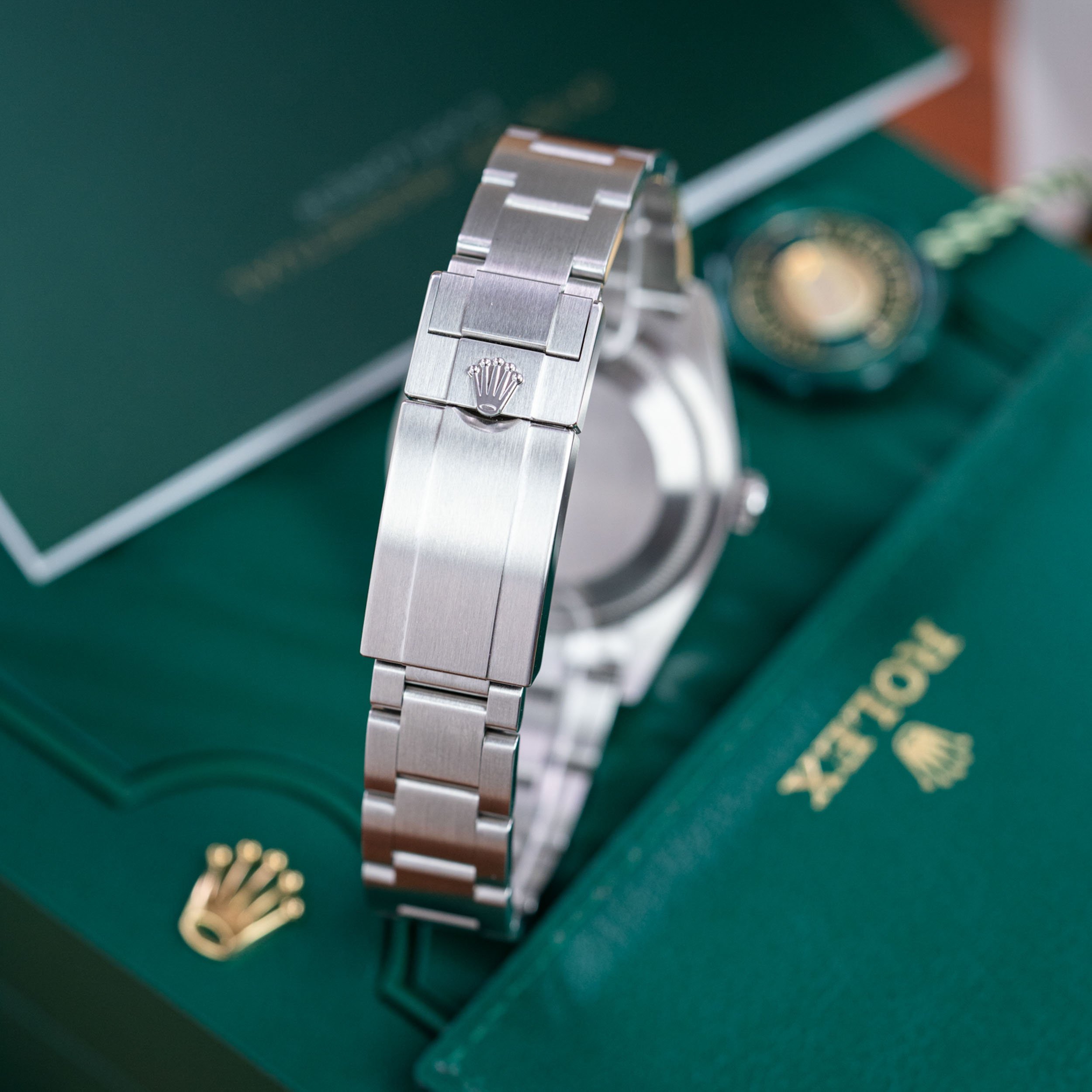Perfection Under 40 — Omega Railmaster Vs. Rolex Explorer 124270
There’s something undeniably charming about smaller tool watches that come on a steel bracelet. Nowadays, a lot of brands are going back to more classic watch sizing, as the masses have made their voices heard. Long gone are the times of 44-47mm wrist monsters — now is the time for something that slips under the cuff. Perhaps two of the most iconic time-only watches in this category are the Rolex Explorer in 36mm and the Omega Railmaster from the 60th-anniversary Trilogy collection. RJ and Nacho will present their pick and why they think it has the edge over the other. But we also want to hear from you, so make sure to vote for your pick down below.
It’s no mystery that sub-40mm watches really hit the sweet spot for so many of us. Whether you prefer a 36 or a 39mm case is up to you (and your wrist size, of course). But generally, watches in this size bracket are known for wearing close to perfect on any wrist. They even make for great unisex picks! We thought we’d compare two of our favorite options out there, and put them head-to-head, letting you decide which one is the ultimate reasonably-sized icon.
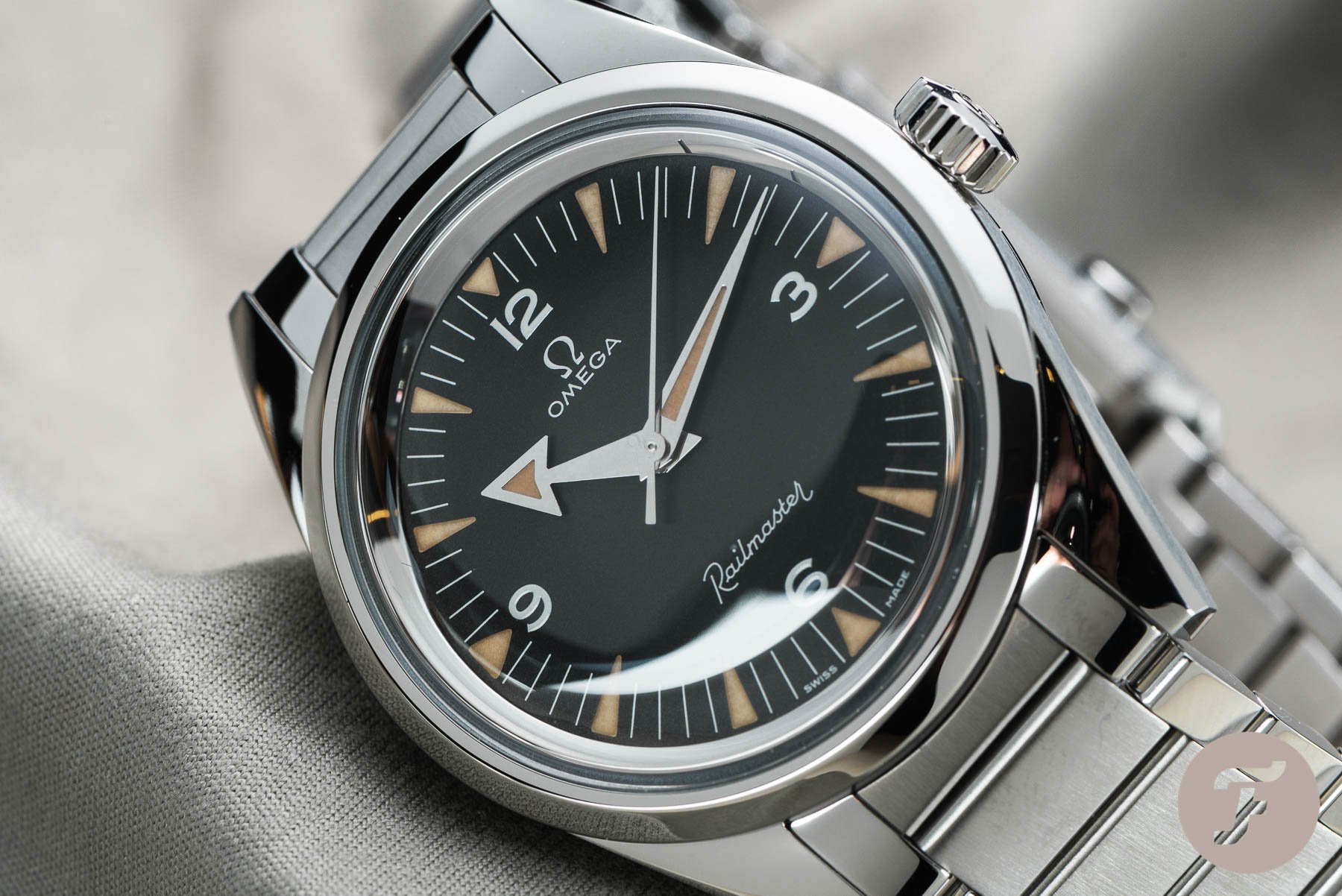
Nacho: Omega Railmaster Co-Axial Master Chronometer
What is there not to absolutely love about the Omega Railmaster? Through trial and error, I’ve found that though the 36mm size might work on paper — and in how a watch looks on my wrist — it simply doesn’t feel right. Not for a tool watch, at least. Though undeniably comfortable, and aesthetically pleasing in terms of proportions, a bit of substance is missing. This is why my pick here was the 38mm Railmaster. Having recently had some hands-on experience with similarly-sized watches (the 38mm Tool Watch Co. Arctic and the 39mm Peren Near Rogue), I can attest to the appeal of this size when it comes to the time-only classic tool watch.
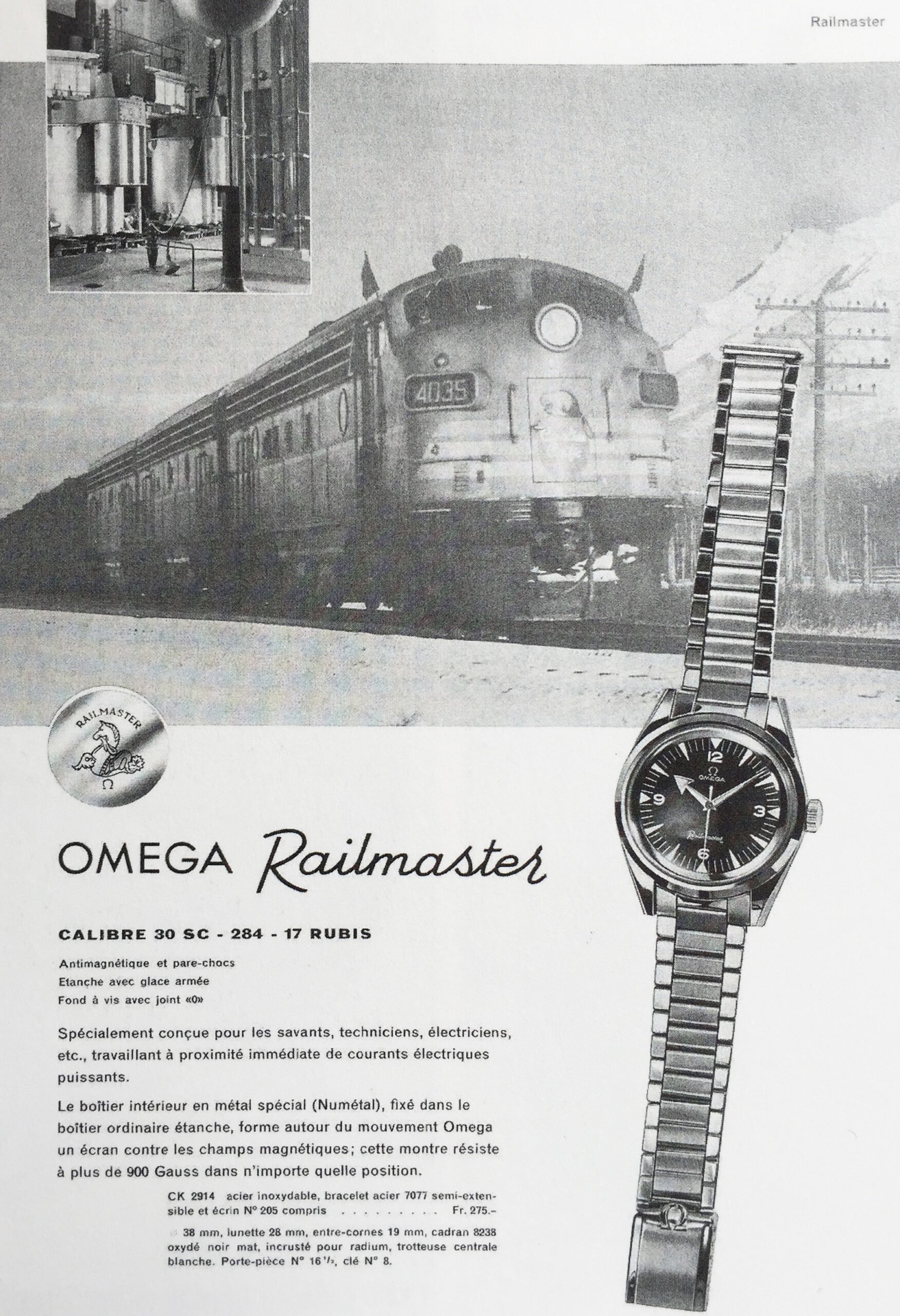
As some of you might know, I’m quite a fan of vintage watches, so the fact that the Trilogy Railmaster is so faithful to the design of the 1957 model is a wonderful touch. The original design is so timeless and perfect, and though I also am a fan of the pencil-handed model, this one takes the cake every time. This is a watch, however, which is not just about looks. The original was designed with a special metal “cage” over the movement that made it resistant to magnetic fields over 900 gauss. The Railmaster was intended especially for people whose work brought them close to magnetic fields — engineers, electricians, and railway workers.
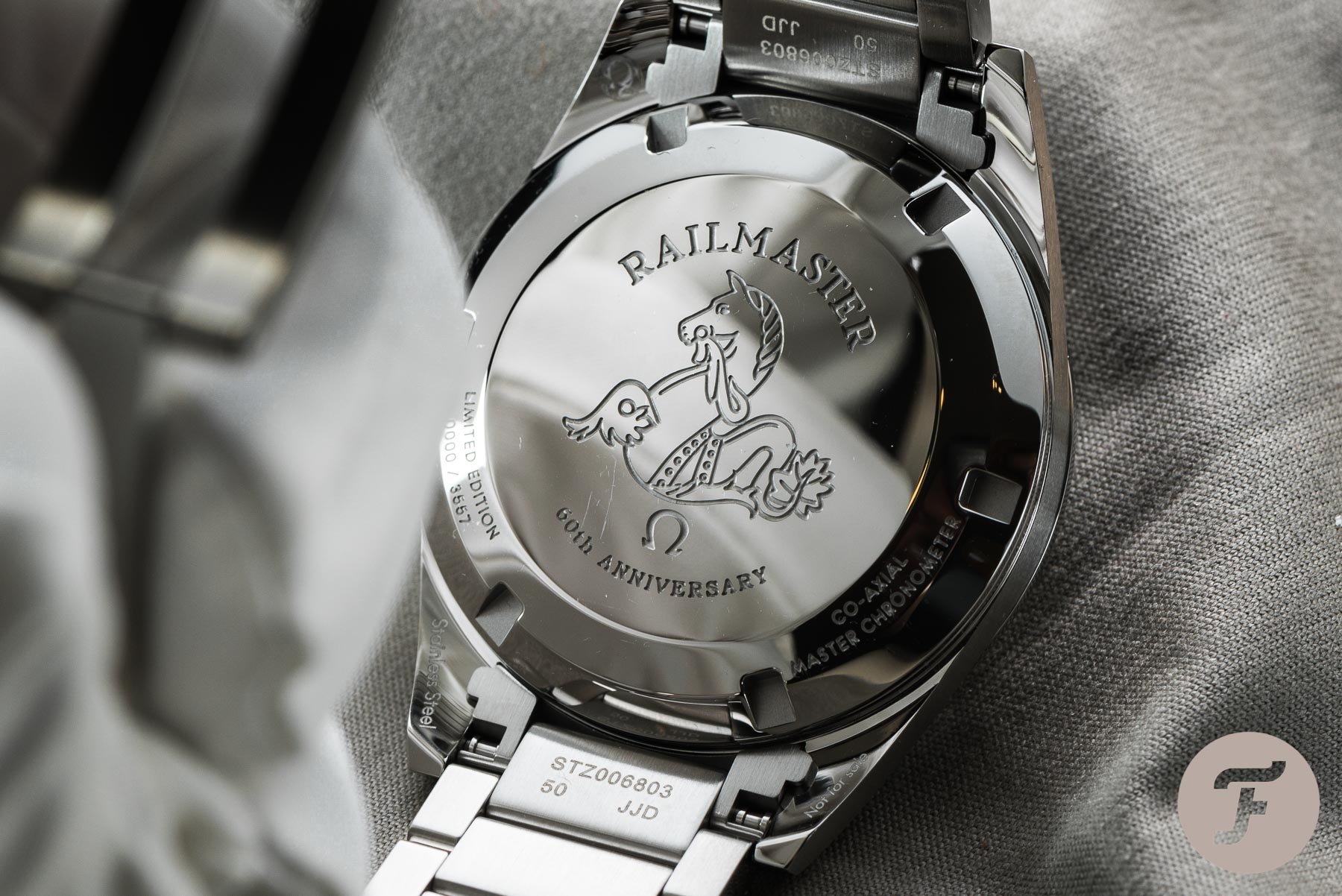
Technically and visually appealing
Today’s Railmaster is even more impressive, as it features the Master Chronometer 8806 movement, which resists magnetic fields of up to 15,000 gauss. It’s a METAS-certified self-winding caliber with a 55-hour power reserve. Beautifully decorated, the bridges and plates are rhodium-plated and finished with Geneva waves. Last but not least, it features a Co-Axial escapement and a free-sprung balance. The movement is given the honorable task of driving one of the most stunning sets of hands I have ever seen on a watch.
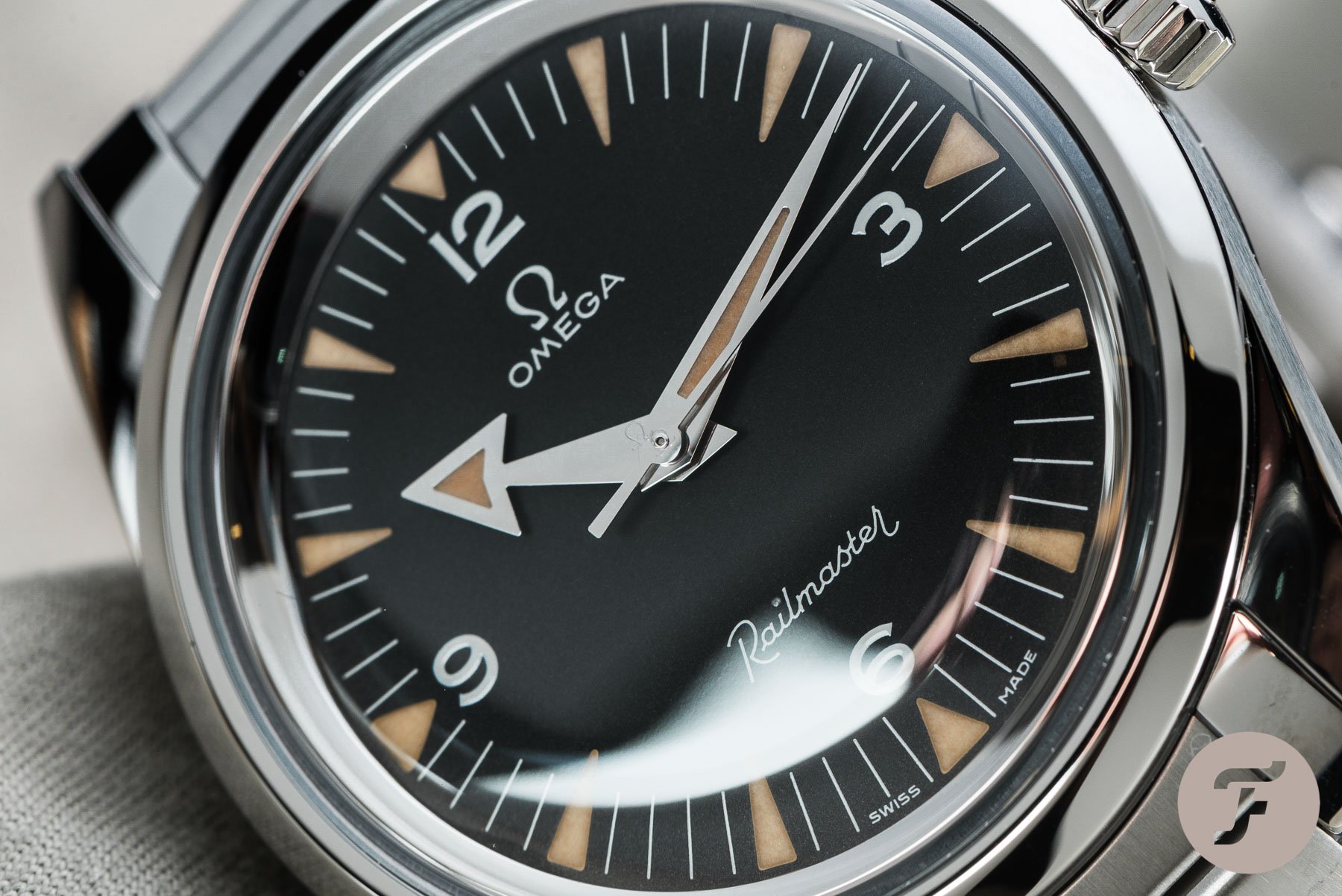
Railmaster vs. Explorer
But how does it hold up against the Rolex Explorer 124270? Well, I won’t go into too much technical detail, as I believe that the high-tech Omega movement has an overwhelming edge. That’s not to say that the Rolex movement is inferior, but it is certainly not as feature-packed as that of the Railmaster. I believe that the key differences between these watches can be found in their looks, and how they wear. Plus, in your daily interaction with them — as much as what’s inside also matters — it’s the fit, finish, and aesthetics that you will see, feel, and hopefully enjoy. In the end, the reason I opted for the 38mm Railmaster mostly comes down to its perfect blend of contemporary size and vintage-inspired looks.
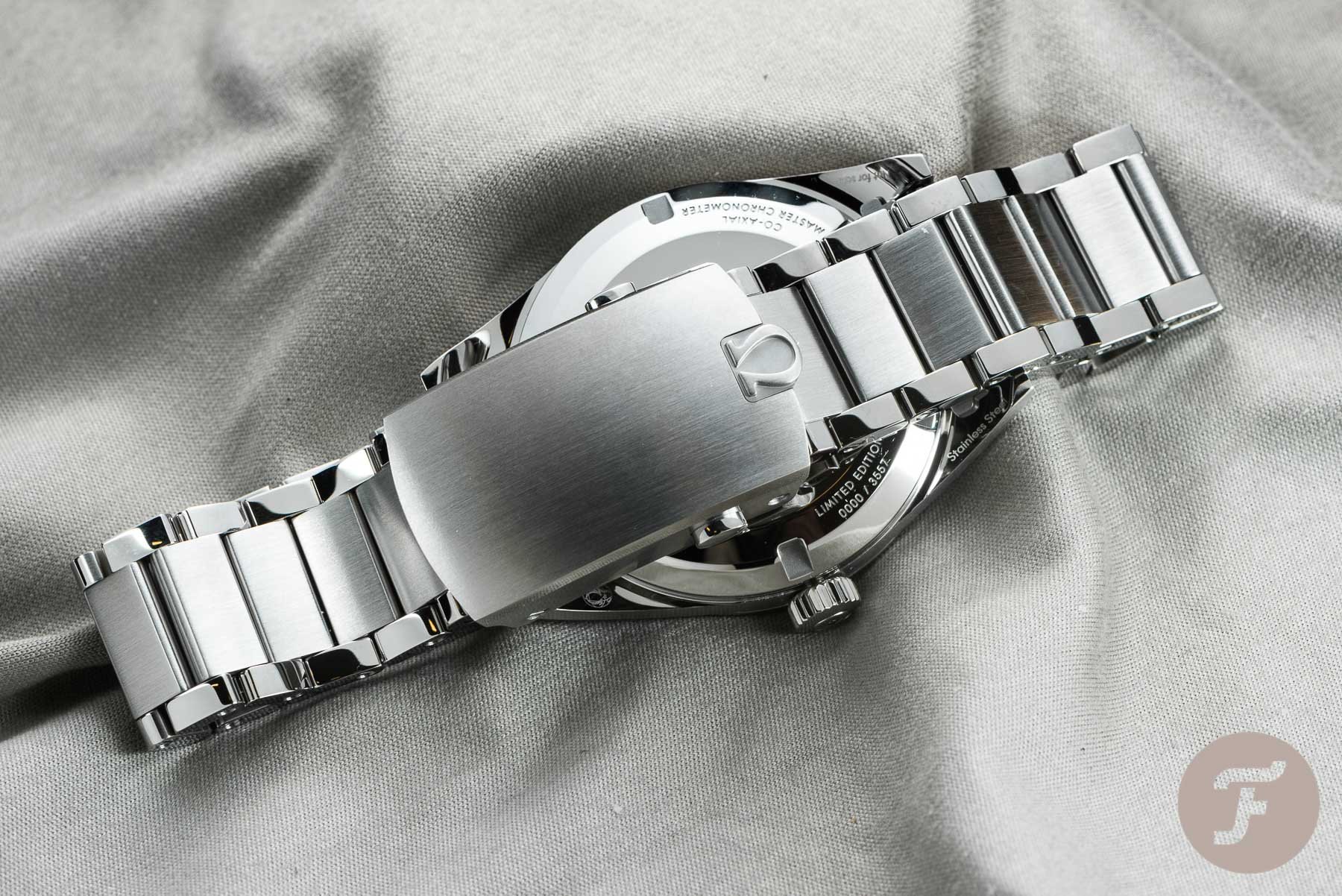
As much as I also enjoy and respect the classic 36mm Explorer, I’ve found that the size takes some time to get used to. Perhaps more time than I’m willing to invest when a grab-and-go option like the Railmaster is available. Now, you might think that this is where I bash Rolex’s availability. However, as this particular version of the Railmaster is technically no longer available, I think we’re on even ground. I say “technically,” as it is still possible, with some luck, to get your hands on one. So, what about looks? Well, though the beautiful tapering Oyster bracelet is enough to get anyone hot under the collar, I believe that the overall look of the Railmaster has an edge. The numerals on the dial and sharp lume indexes are just gorgeous, whereas the shiny lume-filled applied numerals and markers of the Rolex just don’t do it for me.
RJ: Rolex Explorer 124270
In terms of technology, I think the Milgauss would have been a better competitor. The Milgauss uses caliber 3131, which has a magnetic shield to protect the movement. But caliber 3230, found in the latest 36mm Explorer, has 70 hours of power reserve (22 more than the 3131). Perhaps I generalize a little bit here, but most Rolex owners do not care that much about the details. They’re just comfortable in knowing that these are good movements. For them, it is more about style. And when it comes to that, the Explorer is a good contender to the 2017 Omega Railmaster from the 60th-anniversary collection.
The best-proportioned Explorer
In all honesty, I haven’t experienced the new Explorer 124270 in the metal yet. This has to do with the pandemic, but also with the fact that Rolex is not delivering. However, my colleague Gerard has the 124270 on the wrist, and I happen to have the 114270, the older 36mm Explorer, sitting in front of me. In my opinion, it is the most beautiful sports Rolex, and I was happy to see the brand announce the return of the 36mm model.
I’ve tried the 39mm version myself. But just like the Day-Date II, Day-Date 40, and Datejust II, something about these larger versions feels “off” to me. It’s like any other Royal Oak than the “Extra-Thin” — there’s nothing wrong with them until you put the 15202 (or one of its predecessors) next to it. I experienced the same with the Explorer (and the Day-Date, Datejust, etc.). The 36mm Explorer is simply perfect. Therefore, it’s not only hard for the 39mm version to beat it, but it’s a tall order for the Railmaster to do so as well.
A watch with modern specs
The current Explorer (ref. 124270) has had some interesting updates compared to the one I have here. It has a Rolex 3230 movement, which offers the previously mentioned 70 hours of power reserve, and has all the technology of a modern Rolex onboard. That includes the Parachrom hairspring, Paraflex shock-absorbers, and Superlative Chronometer certification with an average daily deviation of +2 / -2 seconds per day. Externally, there weren’t too many changes. The applied lume is now Rolex’s Chromalight instead of Super-LumiNova, and the bracelet has been updated with the Easylink extension clasp.
The one to have
In my opinion, it is the go-to sports Rolex if you don’t want to go 40mm or larger, or if you want to stay under the radar a bit. It has a rich history that goes back further than its official introduction in 1953, as the pre-Explorer was used by climbers of Mount Everest in 1952. But we also know that Ian Fleming, the author of the James Bond novels, wore an Explorer, and therefore, he made 007 wear a Rolex too. The Explorer is a classic, an icon, and whether you have a vintage 1016 or the modern 124270, in essence, it’s still the same watch.
The dial is incredibly legible, with its luminous markers, three Arabic numerals, and Mercedes hour-hand. Often copied, but never surpassed, I would say. This also applies to the Oyster-bracelet.
Explorer vs. Railmaster
Now, how does the Explorer 36mm hold up against the Railmaster LE from 2017? I like both watches, I have to say, and because I am a Speedmaster collector, I only went for that watch from the Seamaster 300, Speedmaster, and Railmaster trio. But the Railmaster was and still is an interesting model. However, the Rolex Explorer is a classic, with a strong argument that it has never been out-of-production since 1953.
The Railmaster, on the other hand, was discontinued, came back, discontinued again, came back… and now what? Either you keep it or you don’t, I would say. But with a fickle strategy, it will never be a strong contender. And that’s unfortunate, because I do feel it is a strong name with plenty of potential. While the regular Railmaster with the jeans-like straps doesn’t quite have it, this 60th-anniversary model certainly had the potential to become that Explorer alternative.
Contemporary versus vintage-inspired
If we compare the Railmaster ’57 to the Explorer 36mm, I definitely see some similarities. But in the end, I believe that the Explorer is a bit cleaner and a more contemporary watch. The Railmaster ’57 is a vintage-looking watch with a modern movement. The Explorer, however, is a modern watch through and through, with plenty of history to back it up. It is a matter of taste, as with many things. In both cases, you can also opt for a vintage version of these watches, accompanied, of course, by silly prices. Although the Railmaster might have a more advanced movement, the Oyster-bracelet of the Explorer is unparalleled, both in functionality and in looks. To me, the Explorer is the one to have when it comes to these two watches, mainly because of its modern look and feel.
Which one do you prefer? And if you think there are any better contenders, let us know in the comments below.

